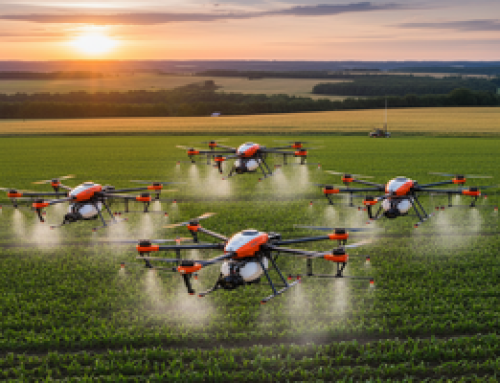WALEED AHMED/GETTY IMAGESMachine learning and foundational modeling are the driving force behind increasingly automated farm machines and the systems that manage your farm’s data.
by Andy Castillo, Farm Progress
Modern tractors may look like those from two decades ago, but inside, new models have gone through a revolution because of ai in ag.
Today’s digitized machines don’t just shift gears and pull planters. They also process complex mathematical equations, interpret images, run algorithms and make decisions in real time. Collectively, these back-end processes enable cutting-edge technologies like high-speed planting, targeted spraying, self-driving capability and artificial intelligence.
“Why are we talking about AI, which is something so abstract, in relation to something that’s so physical [agriculture], so real?” asks Hendrik Hamann, a distinguished researcher and IBM’s chief scientist for the future of climate. He was a featured speaker at Texas A&M’s recent 2024 AI in Agriculture and Natural Resources Conference.
The answer lies in recent advancements that have been made in machine learning and foundational modeling — the backbone of AI. Appearing on paper as graphs and digits, these technically complex algorithms leverage existing datasets to predict future outcomes. They are the driving force behind increasingly automated farm machines and the systems that manage your farm’s data.
‘Last frontier of digital discovery’
Expanding on his own question, Hamann points to other sectors like media and business, which have rapidly digitized. Given that businesses function around written information that’s easy to process, it makes sense that AI applications like ChatGPT are readily applicable. There’s no translation required. The physical world, on the other hand, cannot easily be translated in bits, numbers or letters.
That’s why agriculture has lagged in comparison. But that’s changing as researchers apply AI systems that were created for other purposes to farming, Hamann says.
The physical world is “the last frontier of digital discovery,” and scientific researchers are “in full flight to digitize it,” he says. “We are still in the really early stages, given the complexity of soil, the complexity of weather, the complexity of agriculture.”
To read the entire article click here.




